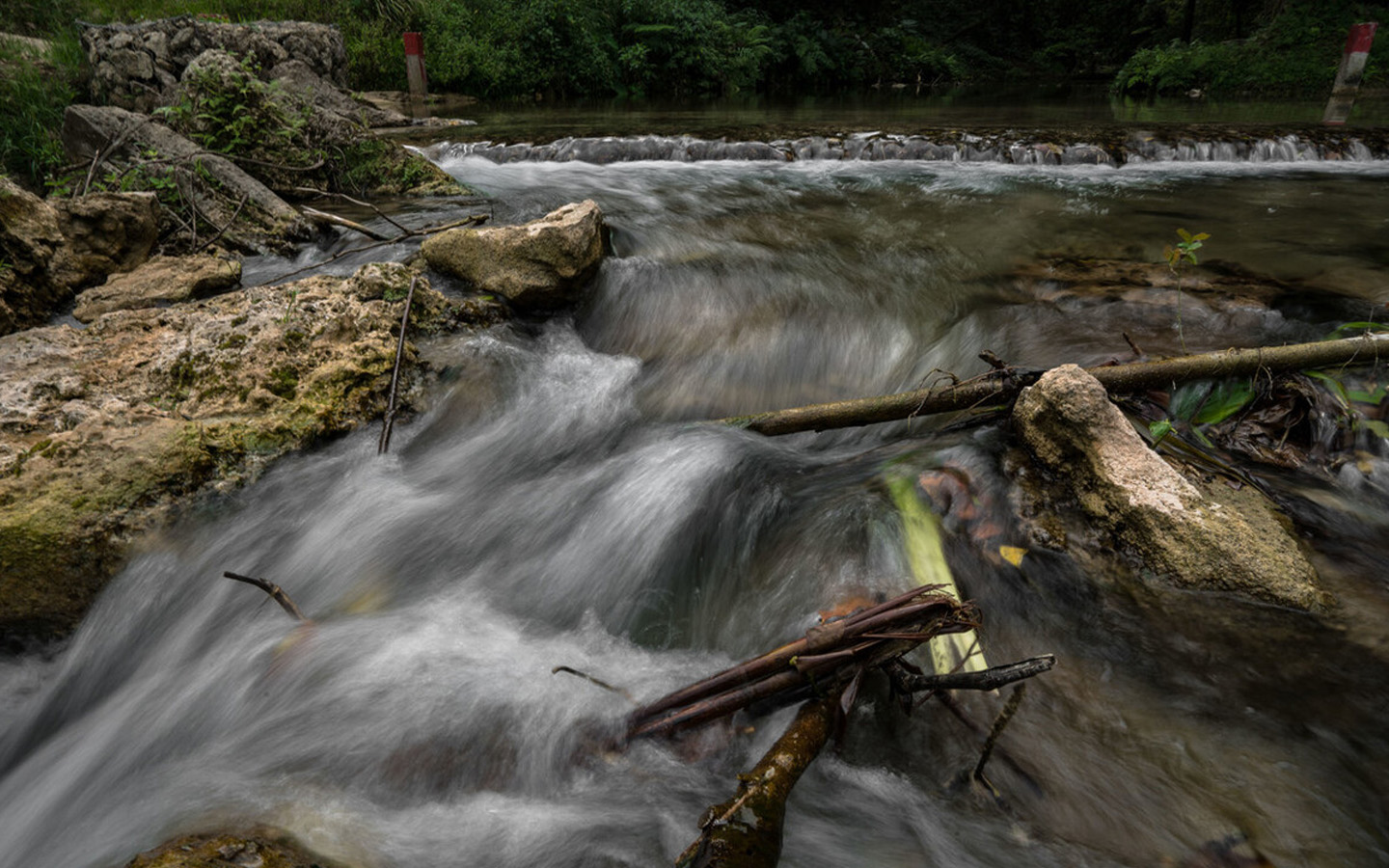Embracing Run-of-River Hydropower
ADB and the Clean Energy Fund under the Clean Energy Financing Partnership Facility helped Uzbekistan provide energy for all through a technical assistance that provided a road map toward an effective hydropower development that will help drive economic growth.
Energy Gap
Uzbekistan is rich in fossils such as oil, coal, and natural gas. They generate nearly 86% of the country’s electricity, with natural gas accounting for the majority, contributing about 80% of the 63 terawatt-hours of total electricity produced in 2018. Fossils power the country’s rapidly growing economy, which grew 8% in the past decade.
Despite access to fossil fuels, Uzbekistan is hampered by unreliable energy supply. The country’s total installed capacity for power generation is approximately 14,000 megawatts (MW), but the available capacity is less than 11,000 MW. Energy facilities are quite old—about 40 to 50 years old—in dilapidated condition, and require replacement and/or rehabilitation. Transmission and distribution lines have been running for over 30 years, and a third of the country’s substation transformers urgently need to be replaced.
These have led to severe energy gaps. ADB senior project officer Shokhimardon Musaev said, “Power outages occur even in urban areas, and they are especially severe in rural areas during the cold season. These outages may last anywhere from 6 hours to a few weeks in some villages. Without improvements, this problem could become more severe. Estimates show Uzbekistan’s energy demand will double by 2030.” The unreliable power supply is bad for business. It also negatively affects the household’s quality of life, economic activity, and social service delivery.
Meeting Power Demand Sustainably
While Uzbekistan has an abundant natural gas supply to meet its growing need for electricity, continuing its dependence on this natural gas would mean burning more fossils and increasing greenhouse gas (GHG) emissions. To meet increasing power demand in a green and sustainable way, the government is diversifying its energy mix. It has been exploring renewable sources to augment the energy gap and has already tapped hydropower, which now supplies 13% of the country’s electricity.
However, the current hydropower capacity is just 1.9 gigawatts (GW), which is only 20% of Uzbekistan’s hydropower potential of 7.5 GW. It has been difficult for the country to harness the full potential of hydropower since its water resources are mainly used for agriculture. Moreover, issues such as low electricity tariff, geological and hydrological risks, and socio-environmental footprints further constrain hydropower development.
To effectively harness the country’s water resources for energy, the government partnered with ADB to build three new run-of-river small-sized hydropower plants (HPPs) and provide capacity building for mini/micro HPPs development. This initiative, called the Sustainable Hydropower Project, began in October 2020 to assist Uzbekhydroenergo, the state’s hydropower utility, in building these HPPs. Piggybacked with this project was a technical assistance (TA) that ensured the climate resilience and sustainability of Uzbekistan’s hydropower projects. The TA was cofinanced by the Clean Energy Fund under the Clean Energy Financing Partnership Facility.
The TA helped the country craft a master plan that integrated climate resilience into its hydropower projects. This master plan laid out the steps to ensure hydropower sustainability, such as screening HPP projects to ensure climate resilience, conducting due diligence, and identifying priority investment projects.
The TA assisted the country in developing institutional capacity for climate resilience. It has ramped up the capacity of Uzbekhydroenergo, along with other related agencies, in planning and implementing hydropower projects. It assisted the staff in gaining a more comprehensive understanding of new technologies, climate-smart hydropower design, and critical issues affecting water–energy security. Climate resilience is being mainstreamed into Uzbekhydroenergo’s institutional and policy landscape as a result of this intervention.
A Climate-Resilient Energy Supply
The TA provided a road map toward effective hydropower development. This helped diversify the country’s energy mix and helped Uzbekistan secure reliable energy for all and for all seasons. As the government sets about rehabilitating and constructing new HPPs, the master plan the TA helped develop can guide the country in ensuring the climate resilience of these facilities.
Effective hydropower development will free up some of the country’s natural gases for energy exports, providing Uzbekistan with additional income while helping neighboring countries, such as the Kyrgyz Republic and Tajikistan, augment their power supply during winter.
The investment project, due for completion in 2024, promises three new HPPs and a 22-kilometer, 35–110 kilovolt transmission line. Conversely, the TA helped ensure that these HPPs, and the next ones to be built in Uzbekistan, are climate resilient and sustainable. When these three new climate-resilient HPPs are completed, hydropower generation in Uzbekistan will be increased by 97 GWh from its 2017 level of 7,930 GWh. The increase may be small, but it translates into a reduction of at least 52,000 tons of carbon dioxide equivalent per year of GHG emissions. Since the TA’s road map is helping integrate climate resilience into HPPs to be built in the country, expect these environmental benefits to increase exponentially.
Project Details
Uzbekistan: Sustainable Hydropower Project
Cost
$76.8 million
- ADB Resources $61 million
- Government of Uzbekistan $15.3 million
Cofinancing Partner
- Clean Energy Fund (Technical Assistance) $500,000
Dates
Approval Date 30 September 2019
Signing Date 3 September 2020
Completion Date 30 June 2024


